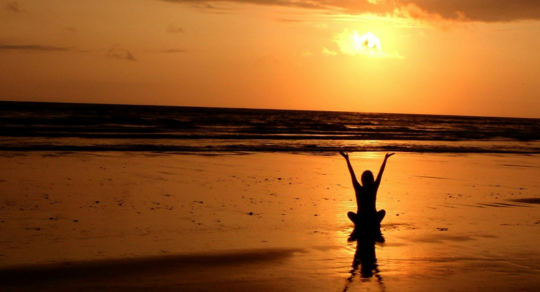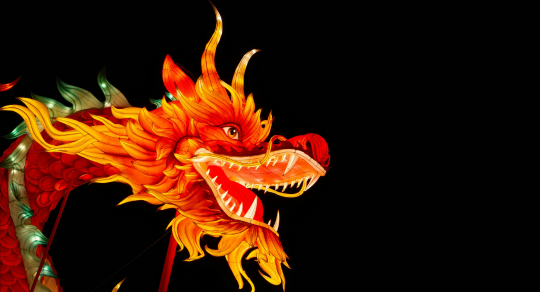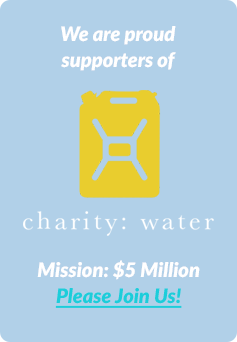I’ve been teaching yoga for 14 years and even now, at least once every day, I still have to tell myself to breathe.
You we would think by now I’d be good at it.
That we would all be good at it.
After all, it’s the first thing we do when we’re born and the last thing we do before we die. So we’ve already had years of practice.
But there is breathing to survive and breathing to be alive.
Because breathing is controlled by our autonomic nervous system (meaning it happens without our conscious effort), many of us spend most of our days not focused on our breath, so we end up breathing to survive.
Some of the ways you might notice this showing up in your life include:
- Physical tension or constriction in your body
- Yawning a lot to try to take in more air
- Feeling lightheaded or dizzy because of a lack of breath
- Experiencing a lack of ease and flow in your life
There are reasons we choose not to focus on our breath.
Our breath is what connects us to our spirit. It expands feelings. And it’s what allows us to be in touch with ourselves. Sometimes all of that is wildly uncomfortable.
There are sensations we don’t want to feel and truths we don’t want to acknowledge. So we let ourselves be distracted by the world around us—the work we have to do, the people in our lives, the stories playing out on our planet.
We encounter problems that need solutions or questions that need answers, so we spend our time trying to figure them out. We ask others’ opinions, we Google, we learn, we make it complicated.
We forget that things can be simple.
Our breath is not only the foundation of our survival, but breathing is a skill.
Our breath is a tool that, when focused on, can be utilized to support us in releasing tension in our body, calming our mind, and creating flow in our lives.
By allowing it to connect us to our spirit and our heart, we can be guided towards the solutions to our problems and the answers to our questions.
Through practice and honing our breathing skills, we can find peace in anxiety, energy in exhaustion, and lightness in heaviness. We can feel, and literally be, more alive with the use of our breath.
Our inhales represent our capacity to feel inspired, excited, and fulfilled in life.
Our exhales represent our capacity to release, let go, and go with the flow of life.
In other words, our breath is an automatic indicator in each moment of whether we’re surviving or thriving. It has the ability to change not only how we perceive the world but how we experience it and show up in it.
Practice these steps to hone your breathing skills so that you can thrive and feel more alive right now:
- Allow yourself to take a few breaths naturally without trying to change or control it. Just see where your breath is starting from, noticing where you can feel it in your body and where you might be feeling any restrictions in the flow of your breath.
- When you feel ready, inhale a little more deeply, but only as deep as it feels comfortable and expansive in your body.
- Exhale and sigh out your breath through your nose or your mouth with the intention of letting both your breath and your body release and let go.
- Encourage yourself to keep your eyes open as a way to stay present as you acknowledge any tension, emotions, or stress that might arise. Remind yourself that right here and right now, you are safe and ok and you have permission to relax.
- Play with switching up the breath and breathe in through your mouth and exhale out through your nose. Notice any differences in how that feels to your body or your energy.
- Return to your natural breathing and notice the natural pauses in your breath. The pause at the top of the inhale and the pause at the bottom of the exhale.
- Become aware of the four parts of your breath. Feeling the inhale—the part of our breath that represents our inspiration and our ability to take in the gifts that life has to offer; the pause at the top of the inhale—when our body is utilizing all the nutrients and nourishing itself; the exhale—when we are releasing and letting go of anything we don’t need anymore; and the pause at the bottom of the exhale—when our body naturally knows to rest before starting the next cycle of breath/work.
Make a commitment to check in with your breath throughout your day, noticing the quality of your breath and any signals it may be giving you about how you can utilize the breath to help you stop only surviving and start thriving.






